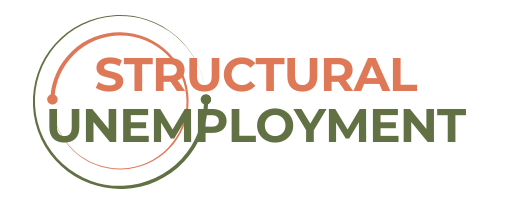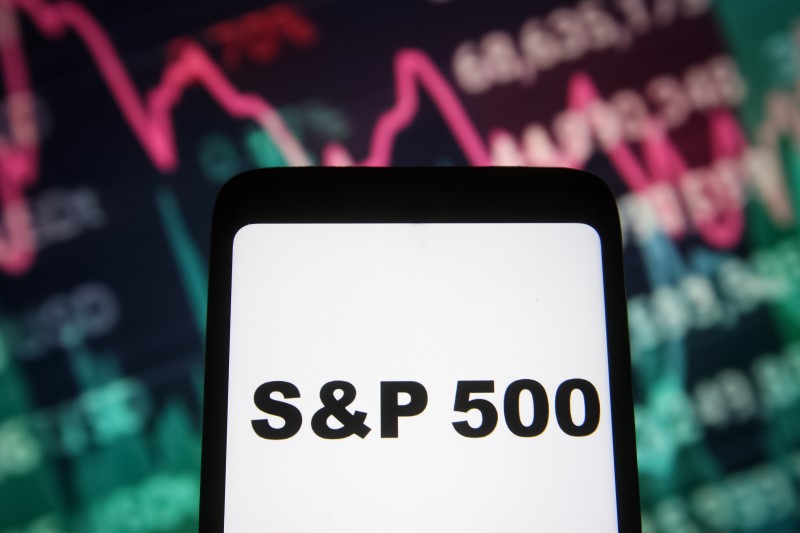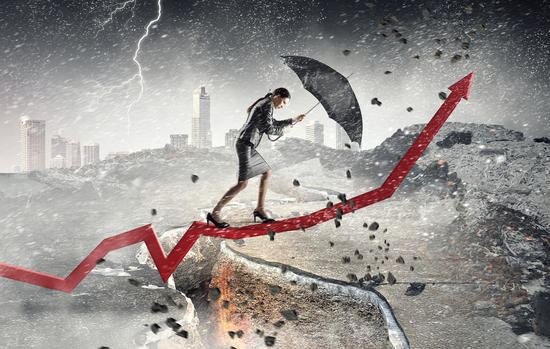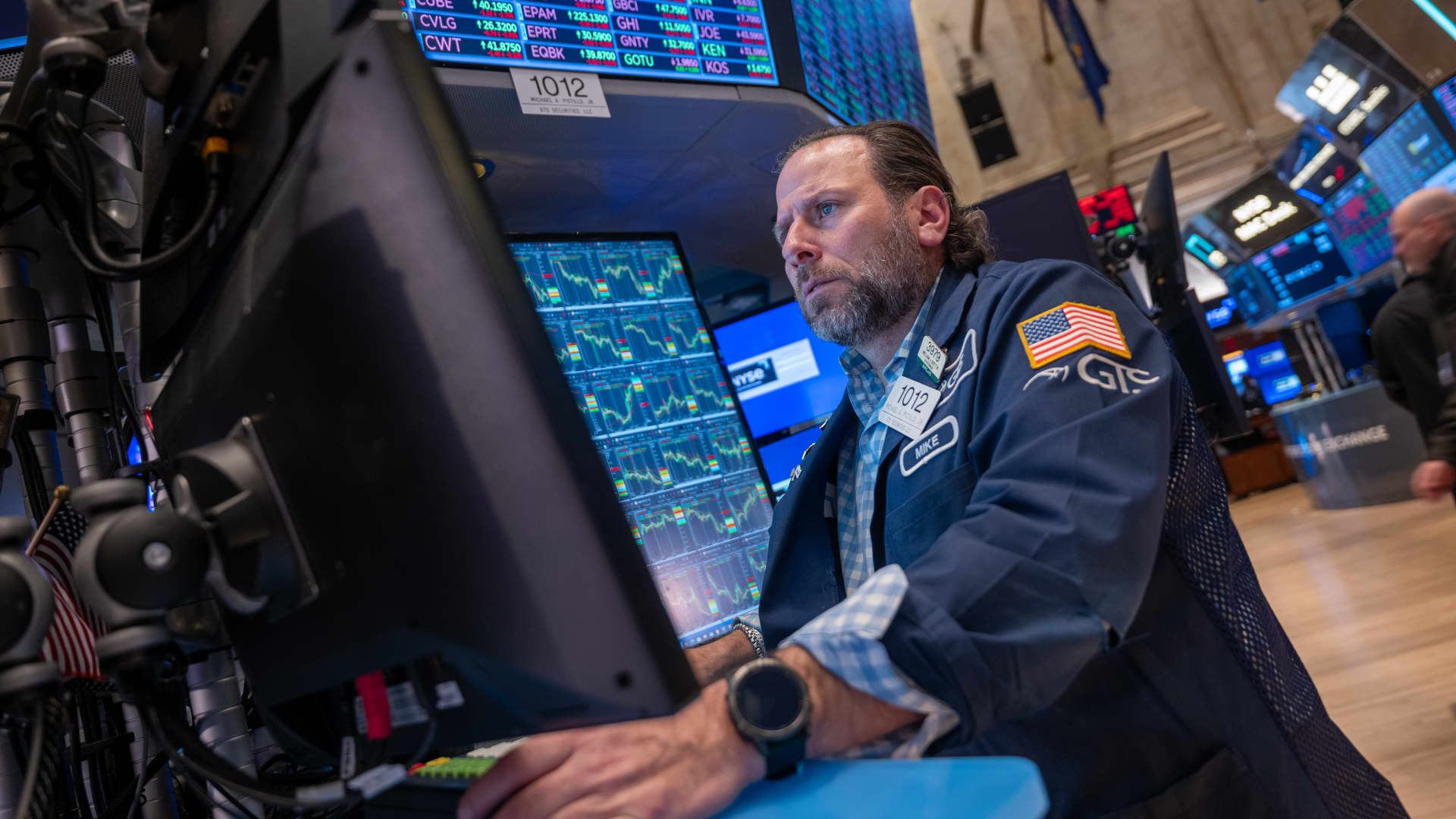Investing.com — The wide gap left by the 2024 election is emerging as a key support level for the heading into 2025, according to a Bank of America strategist.
The S&P 500 (SPX) faced a challenging start to 2025 following a lackluster performance in December 2024. The absence of the traditional Santa Claus rally, which usually occurs during the last week of December and the first two days of January, is raising concerns for the index’s performance in the first half of the year.
According to BofA technical strategist Stephen Suttmeier, the S&P 500 is currently testing a significant support level that originated from the upside gap created by the 2024 Presidential election, in the range from 5864 to 5783.
“If the SPX fills this gap, the risk is for a November into January head and shoulders (H&S) top that would expose bigger support at 5700-5650,” Suttmeier said in a Monday note. “Until then, it would take a break above the shoulder peaks from 6017 to 6050 negate the H&S top and improve the tactical outlook for the SPX.”
The SPX’s advance-decline (A-D) line has shown a weakening trend since late November 2024, increasing the likelihood of the H&S top. However, the cumulative net up volume has remained robust, which could mitigate the risk of the H&S top materializing.
Historically, the S&P 500 has risen 79% of the time during the Santa Claus rally period with an average return of 1.6%. The absence of this rally in the 2024-2025 transition, with the SPX dropping by 0.53%, poses a risk for January as well as the first quarter and half of 2025.
Per BofA’s report, when the S&P 500 misses its typical Santa rally, the likelihood of a weaker January increases. Historically, in such cases, the index has declined 52% of the time, with an average return of -0.29%.
“January has plenty of trading days left, but a down January would generate a bearish January Barometer signal for 2025,” Suttmeier noted.
Furthermore, when the index misses the Santa Claus rally, the first quarter and first half of the year have historically shown weaker performance, with the SPX down 57% of the time in the first quarter and exhibiting much lower average and median returns in both the first quarter and first half of the year.
The January Barometer, which suggests that the performance of the S&P 500 in January can indicate the trend for the rest of the year, is particularly significant in the first year of the Presidential Cycle.
In such years, if January is positive, the SPX has been up 79% of the time with an average return of 13.9% for the year.
In contrast, a negative January has historically led to the index being down 70% of the time with an average return of -3.5%.




